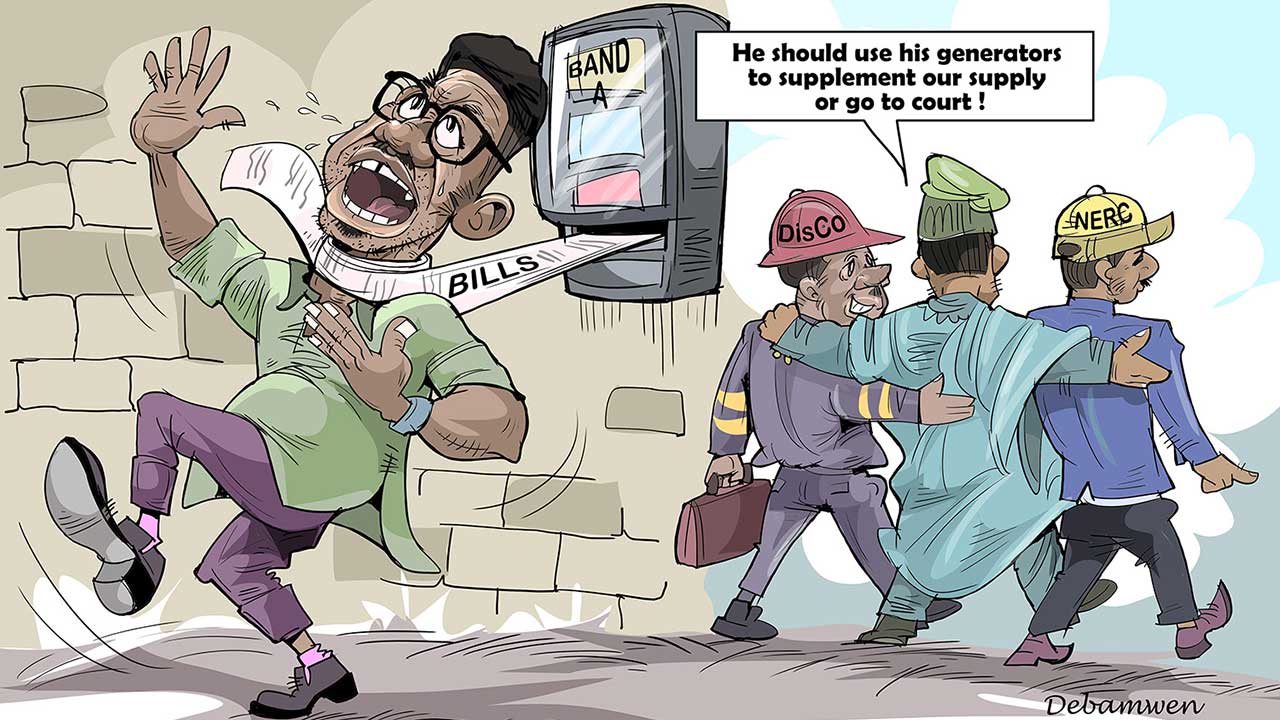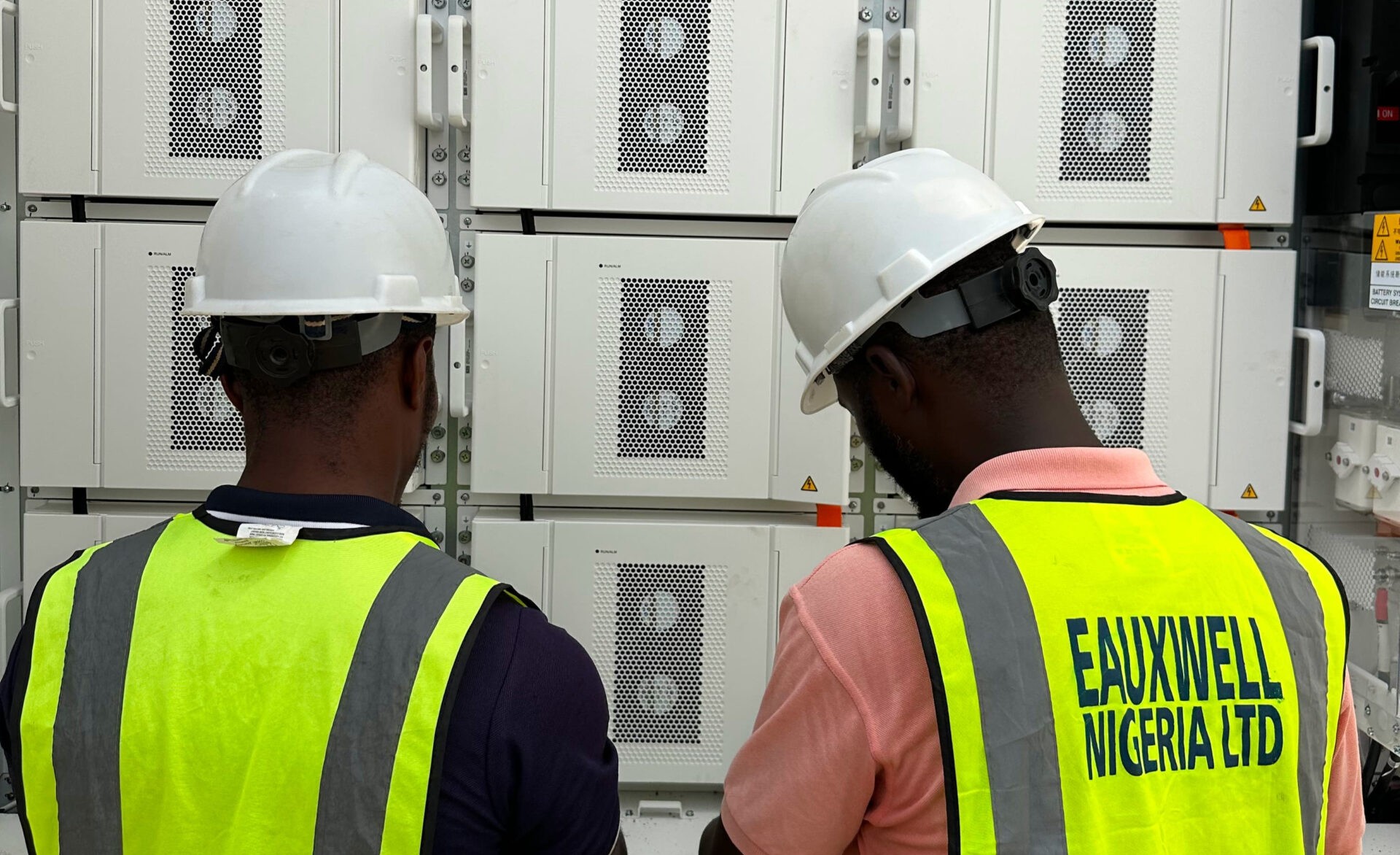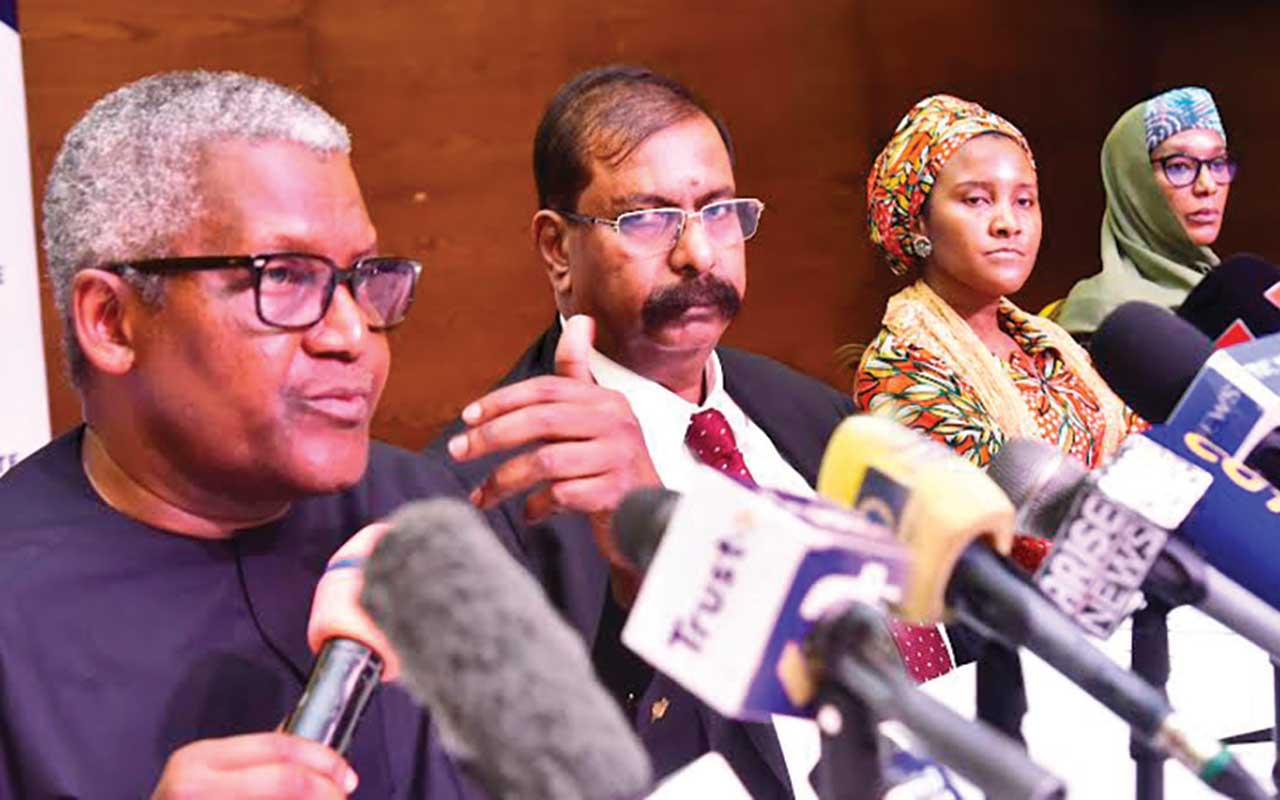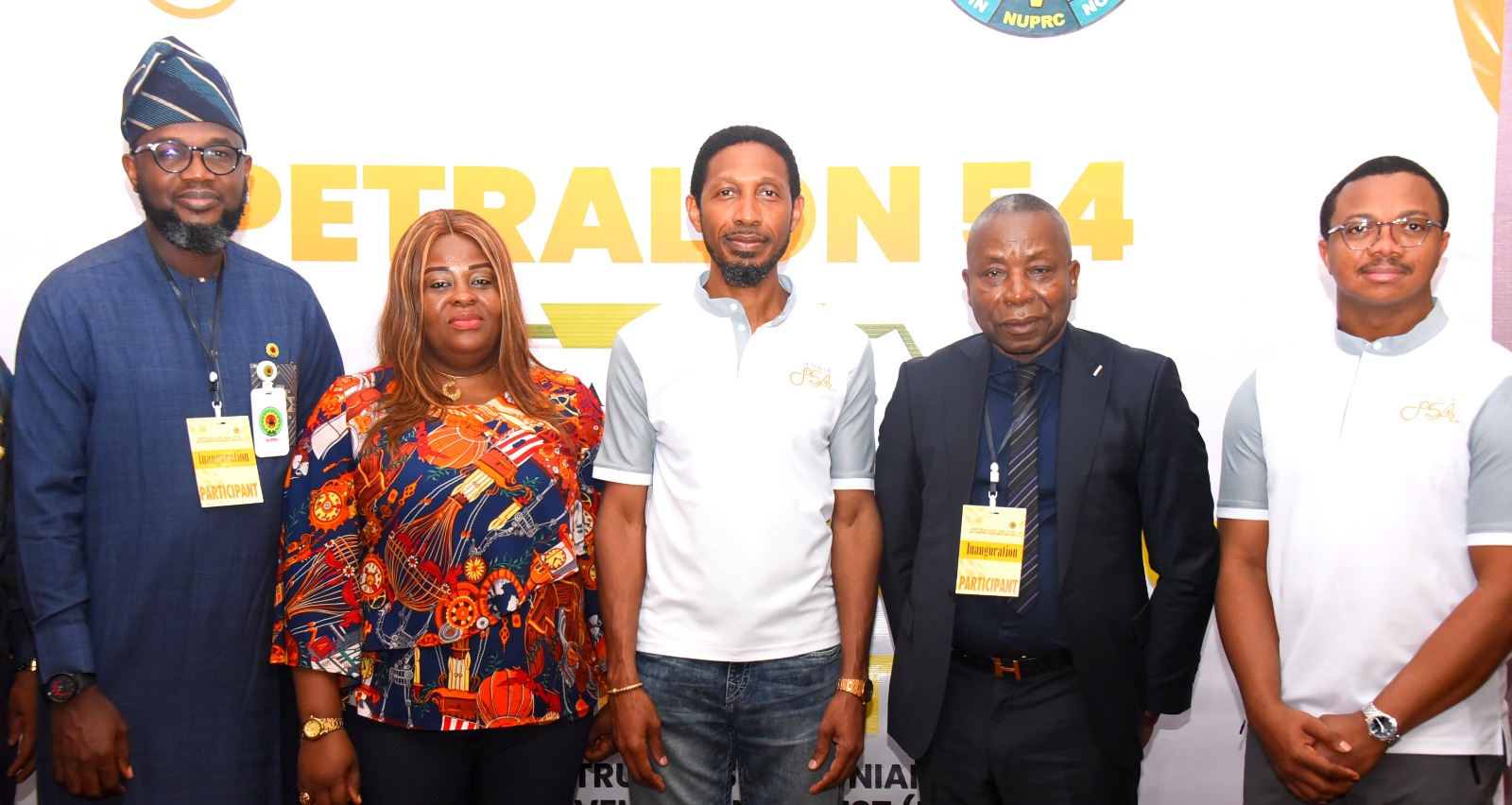Since the introduction of the new electricity service band based on the assured minimum daily electricity supply, policy contradictions, systemic inefficiencies, crumbling substations, and a dilapidated transmission system have contributed to a regime of poor supply amid very high tariffs. The sharp rise in Band A feeders nationwide and the failure to meet supply requirements have forced many consumers, including manufacturers, to go off the grid, seek alternative power, and strongly question the reclassification exercise. KINGSLEY JEREMIAH reports that with the vicious cycle of inefficiency, rising tariffs, and deepening public frustration, trust in the national grid is waning, and this undermines energy planning, industrial growth, and ease of doing business.
On Sunday, May 11, at about 1 p.m., Priscilla Eyimofe spent N100,000 on groceries for her family. By 6 p.m. on the same day, the lights went out. Until 8 a.m. the following day (Monday), when she left for work, power had not been restored. The outage, which was caused by a leaking transformer and fallen wire, lasted for five days, by which time the bulk of what she had in her fridge had gone bad.
Although the Abuja Electricity Distribution Company (AEDC) fixed part of the fault by Tuesday morning, consumers remained in a blackout because the oil in the transformer was insufficient. By 8:15 a.m. on Wednesday, frustrated residents protested at the Dawaki office of the power distribution company.
When the AEDC reclassified parts of Dawaki to Band A in February this year and promised electricity consumers a 20-hour daily supply, residents like Eyimofe were hopeful of improved power supply, but months down the line, instead of improved service, what followed felt like a betrayal. Now, the residents insist that they have been forced into a tariff band that has drained them of their hard-earned money while the electricity supply has worsened.
At Peace Community Estate in Trans-Engineering, power also became more erratic despite higher rates. Among other issues, Eyimofe and her neighbours have endured prolonged outages, low voltage, and deteriorating infrastructure. Even when the feeder was active, they faced sagging wires, leaking transformer oil, and overloaded systems, an issue AEDC engineers allegedly ignored without “tips”.
Repeated complaints and meetings with the AEDC Business Manager, Adesola Kayode, brought no relief. Now, the community is being pushed to fund the replacement of poles and cables, a task that should be its responsibility.
Ironically, the same power asset Nigerian billionaire, Tony Elumelu, aggressively bid for now appears to have left end-users at their wits’ end.
When Eyimofe and other aggrieved residents stormed AEDC’s office, Kayode explained that the outfit had lost two transformers in one week and was only protecting the one that powers the estate until he found transformer oil to purchase.
He instantly dispatched his team to get transformer oil as he pleaded with the protesters to give him until 10 a.m., but the team brought only five litres of transformer oil. The transformers need at least 40 litres to start. At that point, a resident eventually contributed N100,000, and another added N70,000 to cover the shortfall.
Technicians later revealed that the deeper issue was ageing and inadequate wire conductors along Edeki and Afolabi streets. AEDC, they said, no longer prioritises the purchase of essential equipment.
Waiting for the company to supply new cables could take “forever.” Instead, residents were advised to buy them. A technical assessment recommended replacing over 1,480 metres of 70mm cable, at N1,200 per metre.
This was an estimated N1.7 million burden placed on the community.
Although the National Electricity Regulatory Commission (NERC) approved the capital expenditure of DisCos and is aware of their capacity in the face of first-line charges from the market revenue, the regulator still looks away from constraints to the detriment of customers.
Before the Band A reclassification, Eyimofe paid about N20,000 monthly to enjoy electricity. Now it’s N70,000 despite switching off her fridge and limiting usage of air conditioning sets.
In January, Eyimofe got 146.8 units of electricity for N10,000, but by February, N20,000 fetched just 88 units.
Frustrated, she began documenting outages to prove to the NERC that Band A is a billing illusion. Her records show blackouts on at least 15 days in February. On February 9, the power was out for six hours. On the 12th, a grid collapse left the estate and the country in darkness for nearly nine hours. On February 22, power disappeared at 6:07 p.m. and didn’t return until after 3 a.m.
Eyimofe is not alone in this newfound frustration. Across Nigeria, Band A customers are paying more for less supply of electricity. Just two kilometres away on Citizen Avenue, Dawaki, Stephen Aduroja and his neighbours, also on Band A, are being asked to contribute N100,000 for a new transformer.
Even though consumers can report such demands to NERC via 02013444331, 09088999244, or [email protected], Aduroja has given up after repeated failed attempts. To opt out of a band that he was not informed of before being added, he needs to prove that power has not been stable for 60 days. He accuses AEDC of exploiting regulatory loopholes and criticises NERC and the Federal Competition & Consumer Protection Commission (FCCPC) for protecting government interests over consumers. “Band A is a scam,” he said.
Power outages in Kano’s Challawa Industrial Hub, which is under Band A have already ignited tensions between manufacturers and the Kano DisCo.
During a recent visit to the Niger Delta Power Holding Company (NDPHC), and the National Agency for Science and Engineering Infrastructure (NASENI), manufacturers voiced their frustrations in search of alternatives. Their major grievance was the erratic electricity supply.
The Secretary of the Manufacturers Association of Nigeria (MAN) in Challawa, Aliyu Mahadi, said unreliable power has led to mounting financial losses for businesses in the cluster. But KEDCO pushed back, insisting that on average, it pushes 23 hours and 45 minutes of electricity daily to its Band A feeders in the area. The manufacturers are already leveraging a two-megawatt solar installation.
At Victoria Garden City (VGC), a high-end residential estate in Lagos, residents are calling on NERC to act over worsening power outages. Though classified as Band A customers, VGC has faced daily blackouts lasting up to 18 hours. This directly contravenes NERC’s 2023 Order No: NERC/2023/003.

In a formal petition backed by a detailed 10-page outage report, the VGC Property Owners and Residents Association (VGCPORA) recorded over 500 hours of power cuts between January and May 2025. The report cites chronic faults on the Ikate Express 33kV line, which tripped 87 times in five months, as well as dilapidated infrastructure, including exploding Ring Main Units and failing transformers.
In Omagwa, Port Harcourt, Soe Dikibo, who runs a boarding school, saw his monthly electricity bill soar from N300,000 to N1.6 million after being moved to Band A, in April 2024. When his meter got burnt, Port-Harcourt DisCos unofficially asked him to pay N1.5 million for a replacement, despite NERC rules requiring DisCos to replace faulty meters at no cost.
While awaiting resolution, he was placed on estimated billing, with charges jumping to N2.3 million, even during holidays. “We now get less than 12 hours of power daily but still pay Band A rates,” he lamented.
Bassey Ekpo Bassey (Jnr), a resident of Sun City Estate in Abuja, expressed deep frustration over the worsening electricity supply in his community. Despite being on a tariff band that should guarantee 18 to 22 hours of power supply, his estate only receives 4 to 6 hours of power supply on average.
He believes this shortfall is evidence of systemic failure and possible fraud by the electricity distribution company.
Residents, including Bassey Jnr, have repeatedly complained and even protested twice so far this year to demand better services. During the second protest, which he joined, a large crowd, including retired generals, demonstrated peacefully. Despite their calm approach, the distribution company called in the police to disperse them instead of addressing their concerns.
“DisCos have continued to connect new estates without upgrading infrastructure, thereby worsening the supply crisis. The high costs of self-generation, that is, spending up to N70,000 weekly on fuel for two power-generating sets, is no mean feat. I must also add that the band classification system is elitist, exclusionary, and can deepen energy poverty,” he stated.
To him, Nigeria’s persistent electricity crisis, despite successive governments’ promises, points to entrenched corruption and mismanagement.
Bassey Jnr, therefore, called for regulatory action and plans to escalate the issue to NERC.
While the government made an extra N1 trillion in revenue in 2024 from Band A customers, the band system only helped in reducing industry shortfall, but GenCos’ invoices remain high, and consumers are disgruntled.
Law Ukachukwu, another Band A customer, now pays N150,000 to N200,000 monthly, up from N45,000, which he hitherto did. Peeved by the outrageous development, he has unplugged most of his appliances, abandoned his microwave oven, and now depends on solar power in his village home while spending N10,000 on fuel for his power-generating set every weekend. “This is supposed to be grid power, but it has become unaffordable,” he said.
The Lagos Deputy Governor, Obafemi Hamzat, is one of the latest Nigerians to be jolted by the crazy electricity bill. He recently criticised Eko DisCo for issuing “crazy” bills after his official residence was charged N29 million in April, up from N2.7 million in March. He said arbitrary billing is affecting both public officials and regular Lagosians.
Since the NERC hiked Band A tariffs from N68 to N225 per kilowatt-hour in April 2024, serious backlash has erupted countrywide. As the furore intensified, institutions such as hospitals, universities and manufacturers openly decry the crippling effects of the development, which includes scaling down of services, raising prices, or shutting down operations.
Contrary to the outcry by Nigerians, NERC’s Vice Chairman, Musiliu Oseni, defended the hike, saying it is the key to attracting private investment.
According to him, it is better to pay N225 for grid power than N600 for diesel, but more people are opting for power-generating sets or solar power instead.
Rising Band A feeders, fading trust, supply
DESPITE an unreliable grid and epileptic power supply, the number of feeders classified under Band A surged by 162 per cent in just one year, that is, from 481 in April 2024 to 1,261 by April 2025. This sharp increase has deepened public frustration and cast doubts on NERC’s commitment to transparency and consumer protection. Evidently, Band A reclassification has helped in easing the sector’s debt and liquidity issues, and the feeders are no longer confined to affluent areas; they now extend into poor communities.
While the total number of electricity feeders grew modestly nationwide, that is from 3,067 to 3,169, a three per cent rise, the NERC approved of 780 new Band A feeders within the same period. In Lagos State, Eko DisCo recorded the steepest jump in Band A feeders, from 44 to 225. In Abuja, AEDC increased from 107 to 247. Ibadan and Ikeja DisCos also saw sharp rises, adding 91 and 135 feeders respectively. The distribution company in Port Harcourt moved from 43 feeders to 81; that of Benin DisCo rose from 44 to 75, all amid persistent service failures that call into question the reclassification exercise.
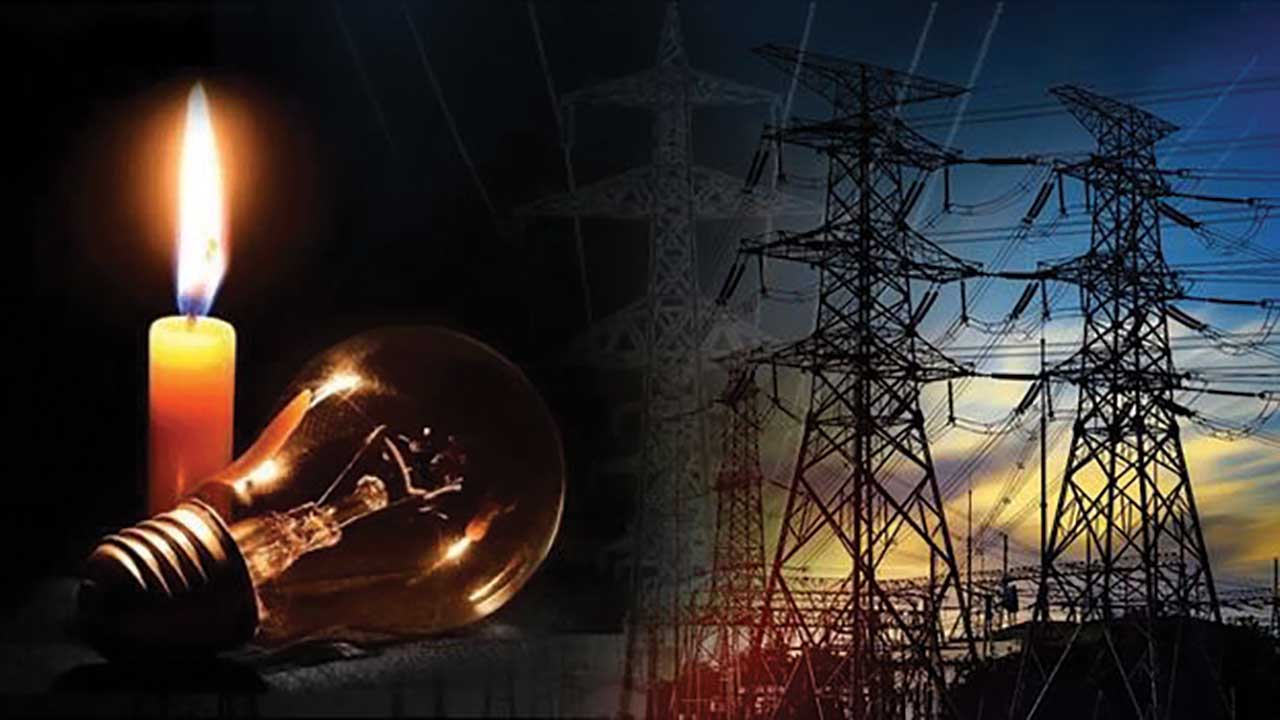 In April, NERC itself confirmed many of these concerns and ordered DisCos to compensate customers in 557 streets across nine distribution zones for failing to meet Band A standards. A total of 152 feeders failed to deliver the required supply among those reported. Many more went unreported, as consumers, who are weary of years of neglect, no longer bother to complain.
In April, NERC itself confirmed many of these concerns and ordered DisCos to compensate customers in 557 streets across nine distribution zones for failing to meet Band A standards. A total of 152 feeders failed to deliver the required supply among those reported. Many more went unreported, as consumers, who are weary of years of neglect, no longer bother to complain.
Indeed, the AEDC failed to meet supply requirements even for NERC Headquarters in Abuja. It must now compensate residents across 74 streets, including key institutions like the CBN Headquarters, the Chinese Embassy, Sahad Stores, and Area One and Two.
Eko DisCo fared worse, with 155 streets affected across 57 feeders. Other culpable companies include Ikeja, Ibadan, Port Harcourt, Kano, Kaduna, Benin, and Enugu. They have all been directed to upgrade their infrastructure.
While NERC’s directive marks accountability, many see it as a step too late, and too little. They also fear that enforcement would be minimal. Sadly, for most Nigerians, power outages remain a daily burden, with no end in sight.
Risking ECOWAS energy plan, MYTO built on inefficiency
NIGERIA’S grid troubles go beyond her shores as the country supplies electricity to Niger, Benin Republic, and Togo. However, every grid collapse cuts off that lifeline, threatening the ECOWAS Regional Electricity Access Project (REAP) and stalling the North Backbone Project, meant to extend 330kV lines into Burkina Faso.
The Managing Director of Mainstream Energy Solutions, Lamu Audu, sums it up this way: “Nigeria, which should be the major export point, runs the weakest grid.” With ECOWAS pushing ahead with a $36.4 billion Energy Master Plan (2019–2033), experts warn that Nigeria must urgently overhaul its domestic infrastructure or risk dragging down the region’s integration plans.
Under the current Multi-Year Tariff Order (MYTO), Band A users pay N208 per kilowatt-hour. Of this, N70 goes to generation, N50 to gas, N11 to transmission, and N77 to distribution. But embedded in the rate are systemic inefficiencies.
Band B users in the new electricity service band, based on the assured minimum daily electricity provision, are supposed to get 16 to 20 hours of power daily and pay slightly less than Band A, while Band C users are entitled to 12 to 16 hours of electricity and pay a moderate tariff, etc. Investigation across the country has shown serious discrepancies in service delivery on the part of the distribution companies.
However, NERC’s breakdown shows that 25 per cent of the tariff accounts for Aggregate Technical, Commercial and Collection (ATC&C) losses, and costs are passed on to consumers. Also included are debt service charges, metering costs, and the financial burden of a dilapidated transmission system. If losses were reduced, tariffs could drop, but instead, they rise.
Since privatisation in 2013, Nigeria’s national grid has collapsed more than 160 times, with an estimated N229.6 billion lost annually to damage and energy shortfalls. These losses are borne by consumers through inflated tariffs.
Meanwhile, subsidy payments ballooned from N225 billion in 2015 to N528 billion in 2019, briefly dipping in 2022, then skyrocketing to N618 billion in 2023 and N2.3 trillion in 2024. Projections for 2025 point to another N2.2 trillion.
In addition to this, the power sector owes Nigerian banks $1.95 billion and has drawn N2.3 trillion in Central Bank intervention funds. Yet, more than seven million consumers remain unmetered and subject to arbitrary billing.
Also, international lenders have poured billions into the sector, with the World Bank committing $1.7 billion, including $500 million for the Distribution Sector Recovery Programme (DISREP), and nearly $750 million in loans and credits in 2023 alone. The African Development Bank has pledged $2.1 billion, including $1.6 billion for transmission upgrades. But these interventions haven’t solved the core issues.
As debts pile up, the cost is transferred once more to consumers, fuelling a vicious cycle of inefficiency, rising tariffs, and deepening public frustration.
Collapsing National Grid vs NISO
THOUGH an expansive transmission infrastructure on paper, Nigeria’s national grid remains unreliable, frequently plunging homes and businesses into darkness. Managed solely by the Federal Government, the grid continues to suffer systemic failures, leaving citizens to bear the cost of inefficiencies and policy contradictions.
Nigeria’s transmission network comprises 92 high-voltage 330kV lines covering 9,504.5 kilometres, and 141 132kV lines stretching over 8,557.9 kilometres. It boasts 57 major 330/132/33kV substations with 91 transformers (14,978MVA capacity) and 186 smaller substations with another 392 transformers (19,238MVA). In theory, this should support a generation capacity of 8.7 gigawatts (GW).
In reality, it doesn’t. By mid-May 2025, the grid had already collapsed twice, adding to the 12 recorded crashes in 2024. One of the most glaring failures came in March 2025, just 48 hours after the Minister of Power, Adebayo Adelabu, and the Transmission Company of Nigeria (TCN) hailed a peak generation of 6,000 megawatts. By the following afternoon, the grid had crashed to 1,400MW, triggering a nationwide blackout.
The creation of the Nigerian Independent System Operator (NISO) earlier in 2025 was expected to reform grid management. President Bola Tinubu appointed a high-profile and commendable leadership team, including Dr Adesegun Akin-Olugbade as Board Chairman and Abdu Mohammed Bello as Managing Director. The board features representatives from generation, transmission, distribution, and regulatory bodies.
NISO is tasked with system operation and immediate installation of Supervisory Control and Data Acquisition (SCADA) deployment to boost visibility and coordination across the grid. But no amount of technology can compensate for ageing infrastructure. SCADA, stakeholders say, may help operators respond faster, but it can’t fix crumbling substations or overburdened lines. As long as TCN’s limitations persist, NISO’s impact will be marginal.
Manufacturers, homes explore options, abandon grid
WITHIN Q2, Kitchen Vegetable Oil Limited in Aba, Abia State, disconnected from Nigeria’s national grid. Frustrated by outages and high tariffs, the company switched to a 1.7-megawatt Compressed Natural Gas (CNG) plant, sourced through virtual pipelines.
This move reflects a growing trend as across the country, industries are turning to self-generation as trust in the grid wanes, a development that undermines energy planning, industrial growth, and ease of doing business.
Currently, around 250 manufacturers, including big players like Dangote Group and academic institutions, have ditched their power distribution companies, opting to generate their own electricity.
Globally, industries typically consume 80 per cent of grid electricity. In Nigeria, domestic users dominate the grid. This scenario simply signals, or points to, a misaligned power strategy.
Over a decade after the power sector’s privatisation, grid supply remains erratic, averaging just 4,000MW against a demand of over 30,000MW. Nigerians now generate an estimated 25,000MW privately using diesel and petrol generators, solar systems, and gas plants, meeting about 95 per cent of total consumption.
In Sagamu, Tiget Business International also turned to self-generation. Its Managing Director, Zheng Wei, said that the outfit installed a 6.6MW gas plant in partnership with Clarke Energy, sourcing gas from the Lagos-Ibadan Expressway.
Even the Presidential Villa is planning a solar transition, indicating that President Bola Tinubu may have given up on the possibility of a constant and affordable power supply. Tinubu specifically mentioned that the cost of electricity was not sustainable for his office.
In 2024, manufacturers spent over N1 trillion on alternative power, nearly matching the entire power sector’s revenue of N1.7 trillion. Lagos alone hosts 4.5 million generators, contributing to air pollution and climate risks. Electricity outage midway into production creates losses for heavy industrial machines, making generators that can remain predictable and constant the best option.
Just recently, NERC issued 316 renewable energy licences and ramped up mini-grid approvals from six in 2020 to 84 in 2023, indicating that grid departures are outpacing reform.
As users leave, DisCos lose revenue, worsening the sector’s financial state. Meanwhile, diesel generators emit an estimated 190 million tonnes of CO₂ yearly, according to the government.
But for businesses like Kitchen Vegetable Oil and Tiget, there’s no going back, at least not until grid power becomes reliable and affordable.
The recent blackouts in the Iberian Peninsula, including Spain, show one truth: energy security and indeed national security depend on the stability and flexibility of the grid, not just self-energy generation.
The President of the International Hydropower Association (IHA), Malcolm Turnbull, insisted that as renewables like solar and wind become more prominent, the risk of instability increases unless backed by robust, long-duration, responsive infrastructure. This incident highlights the need for governments and regulators to prioritise grid resilience, ensuring clean energy is not only available but reliably delivered when needed.
Billionaires, brains, but scanty results
SINCE the 2013 privatisation of the power sector, some of Nigeria’s richest and most prominent businessmen have invested heavily in power, but with little success. Tony Elumelu owns the 972MW Ughelli and 966MW Afam plants; Femi Otedola redirected his focus to Geregu Power; Kola Adesina runs Egbin; and Adedeji Adeleke controls Omotosho and Olorunsogo.
Many have expanded downstream. Elumelu’s Transcorp Power owns Abuja DisCo, Adesina is involved in Ikeja Electric, and Emeka Offor chairs Enugu DisCo. Despite their influence and government connections, they cry more to the government for their shortfall than they work to alleviate the plight of the poor and improve electricity.
Though some investors have met generation targets, they struggle with basics like transformer oil and electricity meters, showing that generation is a safer bet than distribution. Even with over N4 trillion owed to them, these players remain profitable due to a flawed tariff system that shifts losses to consumers or the national budget.
Ex-TCN boss Usman Gur Mohammed blames this glaring underperformance on poor planning, citing, among other issues, a lack of scientific studies pre-privatisation, premature handover of DisCos, mismanagement by Manitoba Hydro International, and poor governance by the Bureau of Public Enterprises (BPE), which sits on the boards of DisCos.
Even though the government retains a 40 per cent stake in each of the 11 major DisCos, they (DisCos), most ironically, lack the capital for serious investment despite being run by billionaires. Edu Okeke of Azura Power and the National Assembly say each DisCo needs at least $500 million, that is $5.5 billion total, to remain viable.
A broken market on the brink
NIGERIA’S power sector faces a worsening liquidity crisis, and the exodus from the grid, even by the Presidency, signals a deeper breakdown. NERC, whose commissioners earn a combined N4.9 billion yearly, has failed to enforce discipline and accountability.
The sector owes $1.95 billion to banks and has drawn N2.3 trillion in CBN interventions. Still, over seven million consumers remain unmetered. International lenders have pumped in $3.8 billion, yet tariffs continue to rise while service declines steadily.
In 2020, the CBN escrowed DisCo accounts, prioritising debt repayment over infrastructure upgrades. Now, GenCos are threatening to shut down over N4 trillion in unpaid invoices.
Rising tariffs have led to a surge in power theft. In Abuja’s Hillside Estate, for instance, one resident, Faith Omale, bypassed her meter to save costs but was caught. Though the law prescribes a jail term, she allegedly paid a N210,000 bribe and got her freedom. Losses from such practices, aided by the staff of distribution companies, are passed to others via inflated tariffs or government subsidies.
As tariffs skyrocket, so is energy theft as consumers distressed by economic burden are helping themselves, risking jail terms to avoid being added to over 80 million Nigerians who are experiencing energy poverty.
‘Band A gives only little relief’
MANY experts are united in their views that Band A has delivered few gains. Without reform, enforcement, and support, the sector risks further alienation and loss of credibility. Ex-president of the Chartered Institute of Bankers, Prof. Segun Ajibola, said that metering gaps, theft, and broken promises make revenue growth difficult.
Emeka Ojoko, a legal practitioner and consumer advocate, added that DisCos routinely fail to deliver the 20-hour minimum supply for Band A.
NERC, he said, upgrades feeders without ensuring compliance. The result? Users turn to solar, while manufacturers opt out of the grid, threatening the sector’s sustainability.
Analyst, Lanre Elatuyi noted that subsidy removal improved DisCo revenues but left many consumers paying more for unreliable power. He called for stronger oversight and better customer service.
Dr Abubakar Ibrahim of Empower Consult acknowledged some improvements in Band A areas but said inconsistencies in supply and poor fault resolution persist. He added that while revenue collection has improved, many residential users are buckling under higher tariffs.
Solution? Fixing fundamentals!
NIGERIA needs a balanced tariff system that supports industry and shields households. A dysfunctional power sector cannot underpin economic growth.
The sector leadership, some stakeholders stress, must shift to technocrats with deep expertise, not politicians. While Minister Adebayo Adelabu has proposed a reform, the recapitalisation of DisCos, as advocated by Edu Okeke and the National Assembly, remains urgent.
Also, the Eligible Customer Policy must allow consumers to bypass DisCos but remain on the grid.
On the way forward, Usman Gur Mohammed, a former managing director of the Transmission Company of Nigeria (TCN), recommends procuring Ancillary Services, completing the SCADA system, enforcing the Grid Code, and implementing the Generation Dispatch Tool. Without these, stability is impossible.
President Bola Tinubu must also address tariff and market shortfalls decisively. Subsidy promises without delivery only deepen the crisis.

